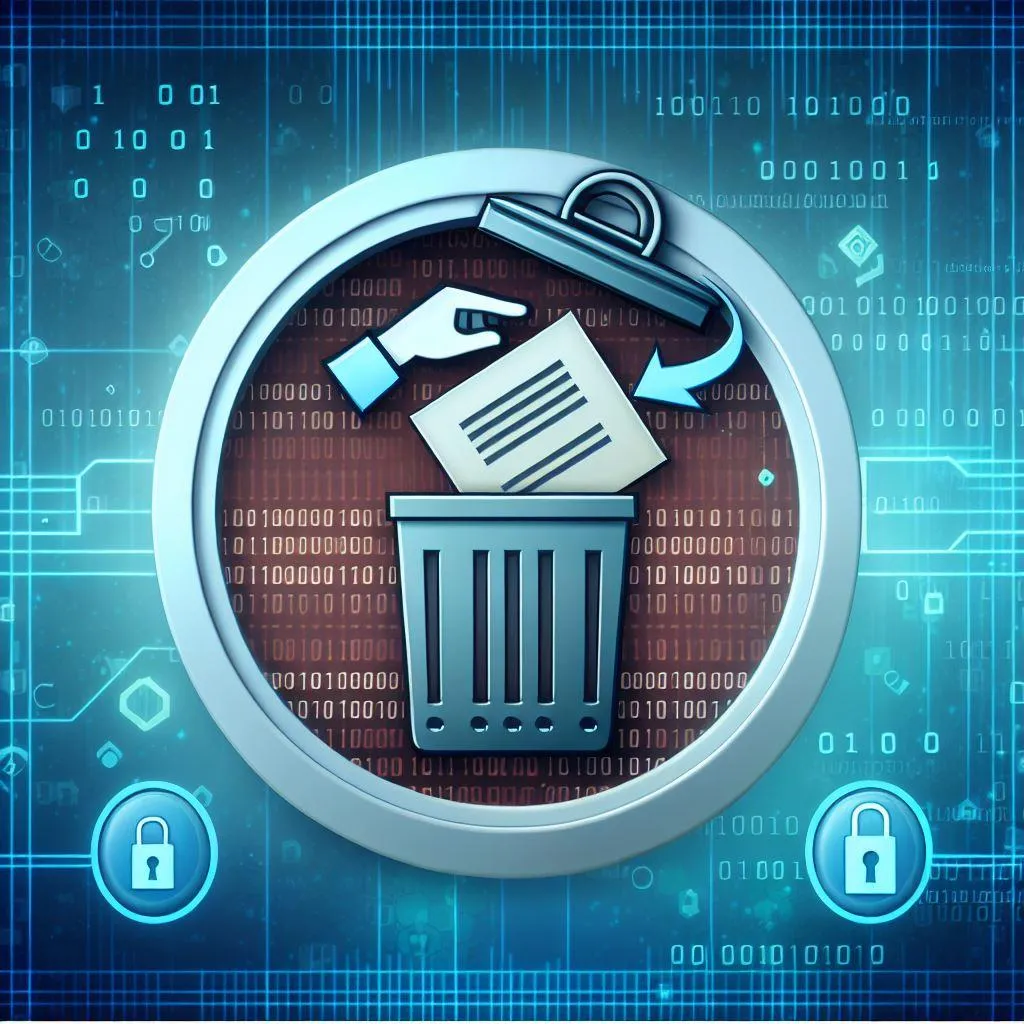
Where Do Deleted Files Really Go?
We’ve all done it—right-clicked a file, hit "Delete," and watched it vanish from our desktop. Maybe you emptied the Recycle Bin or Trash, thinking that file is gone forever. But is it really?
Spoiler alert: deleting a file doesn’t mean it disappears completely. In fact, your data sticks around a lot longer than you might think. Let’s break down what actually happens when you delete a file, how recovery works, and what you can do to truly erase sensitive information.
The Truth About Deleted Files
When you delete a file, your computer doesn’t immediately destroy the data. What it does is remove the file’s reference from the system’s file index—think of it like erasing the table of contents but leaving the chapters in place. The actual data still exists on your drive until something else is saved over it.
That’s why it's possible to recover deleted files using specialized software—as long as the storage space hasn't been reused.
Analogy Time: Imagine removing the label from a VHS tape. The movie’s still there, but without the label, no one knows what’s on it. Same with deleted files—they’re "invisible" to your system but not truly gone.
This process applies to most traditional hard drives, and even some SSDs, though solid-state storage adds a few extra wrinkles (more on that below).
Can You Recover Deleted Files?
In many cases, yes. Whether you accidentally deleted a family photo or lost a work document, recovery tools can help—if you act quickly.
How Recovery Software Works
File recovery programs scan your hard drive for data that isn’t currently assigned to a file name or directory. They identify these “lost” chunks and try to piece them back together like a digital jigsaw puzzle.
Success depends on two main factors:
Time: The sooner you try recovery, the better.
Data Overwrites: If new data has been saved to the same space, your file could be partially or completely gone.
Limitations of Recovery
Unfortunately, not every deleted file can be brought back. Once overwritten, the data is often impossible to retrieve. Plus, even when recovery is successful, you might not get the full file back—it could be corrupted or incomplete.
Why Backups Matter
Because recovery isn’t guaranteed, keeping regular backups is one of the smartest things you can do. Cloud storage, external drives, or automated backup tools can all save you from a data loss disaster.
Different Devices, Different Rules
Not all devices treat deleted files the same way.
Windows & macOS: Deleted files go to the Recycle Bin or Trash. They stay there until you empty it.
Android: Deleted photos or files often move to a “Recently Deleted” folder.
iPhones: The Photos app holds onto deleted pictures for 30 days in the “Recently Deleted” album.
Even though these systems offer a temporary safety net, once that grace period ends or you empty the trash, the files follow the same rule: gone from sight, but not necessarily gone from disk.
The Role of Secure Deletion
If you're dealing with sensitive information—think personal, financial, or confidential business data—basic deletion isn’t enough.
What Is Secure Deletion?
Secure deletion overwrites the file’s data multiple times, making it virtually impossible to recover. This is essential for privacy and security, especially when disposing of old computers or selling devices.
SSDs vs. HDDs
Your storage type also affects deletion:
HDDs (Hard Disk Drives): Easier to recover data from unless it's been securely deleted.
SSDs (Solid-State Drives): Use a process called TRIM, which helps improve performance but makes traditional file recovery much harder. However, secure deletion is trickier and sometimes requires special tools.
How to Ensure Your Files Are Truly Gone
Simply dragging files to the trash doesn’t cut it. If you want to be absolutely sure a file is unrecoverable, you’ll need a tool designed for the job.
Tools for Secure Deletion
There are plenty of reputable apps out there that specialize in secure erasure—like Eraser (Windows), File Shredder, or macOS’s built-in srm command in Terminal.
These programs don't just delete files—they overwrite them multiple times to destroy the underlying data.
Final Thoughts: Take Control of Your Data
Understanding what happens when you delete a file is the first step to managing your digital life responsibly. Whether you’re trying to recover an accidentally deleted document or make sure personal files are wiped for good, being informed helps you make smarter choices.
Here’s a quick recap:
Deleted ≠ Gone. Until overwritten, your files are still on the disk.
Recovery is possible—but not always.
Secure deletion tools are essential for sensitive data.
Backups are your best defense against accidental loss.
Need help securely erasing files or setting up a backup system?
Drop us a line—we’re here to help you protect your data.